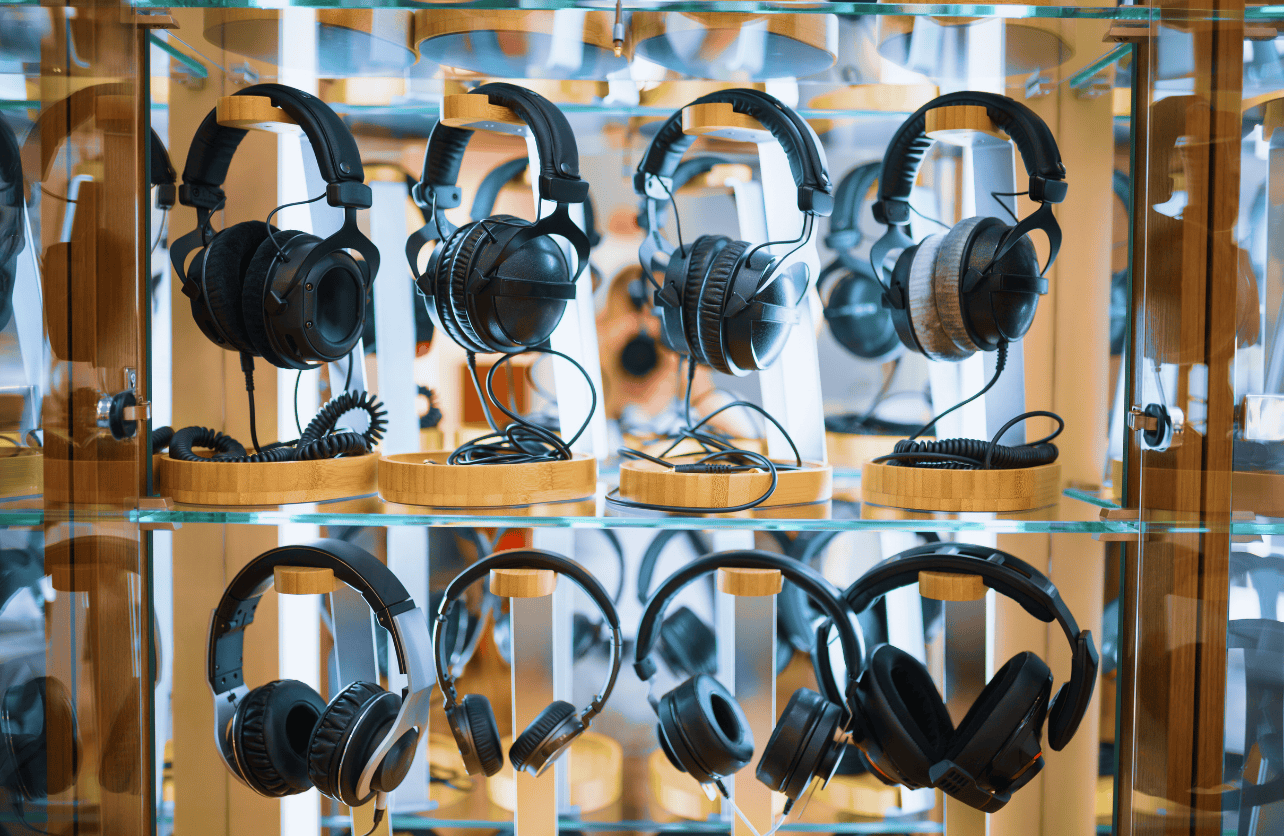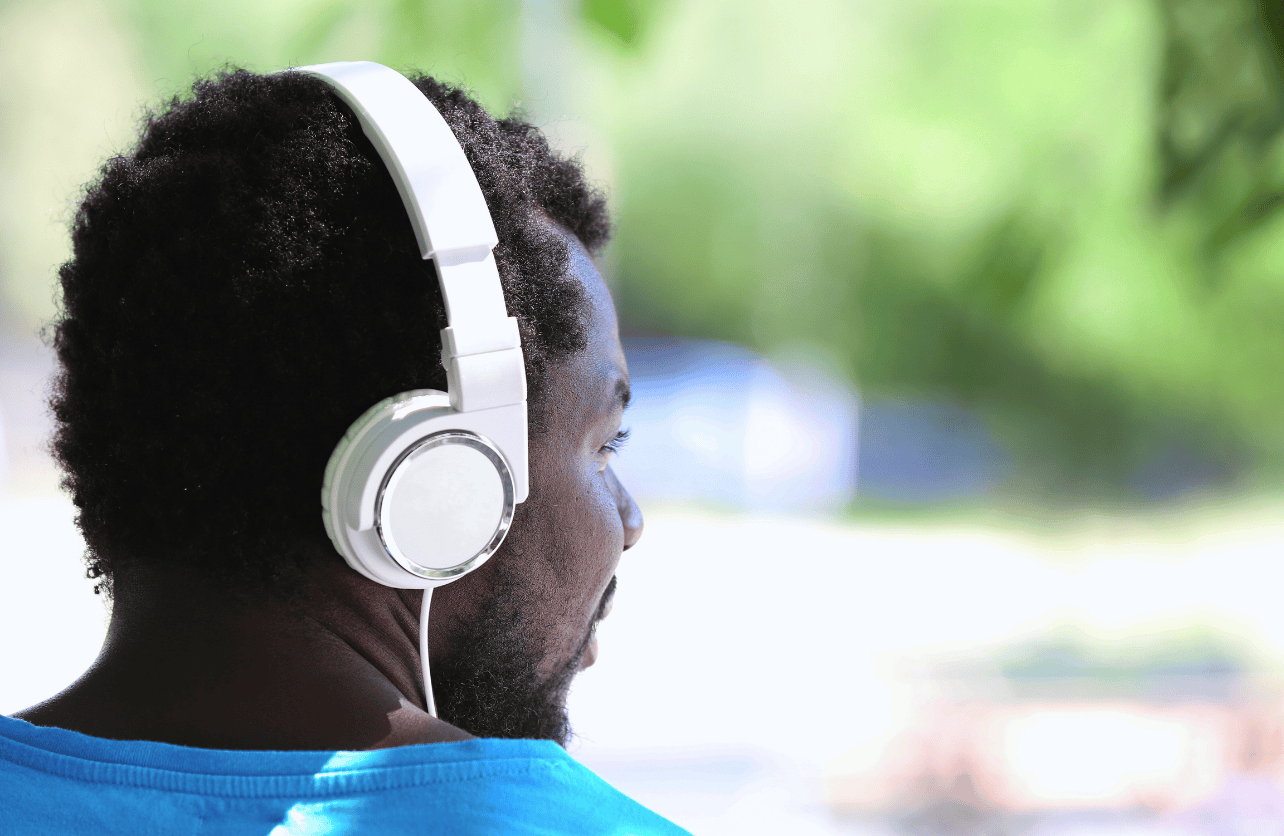Over-Ear vs. On-Ear Headphones: Which Is Right for You?

Choosing the right pair of headphones can feel overwhelming with so many options available. Two of the most popular types are over-ear and on-ear headphones. Each has its unique features, benefits, and potential drawbacks. Whether you’re a music enthusiast, gamer, or someone who simply enjoys listening to podcasts, understanding the differences between over-ear and on-ear headphones can help you make an informed decision. In this article, we’ll delve into the key aspects of each type to determine which might be the best fit for your needs.
Understanding the Basics
What Are Over-Ear Headphones?

Over-ear headphones feature large earcups that completely encase your ears. They are designed to provide a comfortable fit and excellent sound isolation by creating a seal around your ears. This design often results in superior sound quality and noise-canceling capabilities.
What Are On-Ear Headphones?

On-ear headphones have smaller earcups that rest directly on your ears rather than surrounding them. They are generally lighter and more compact than over-ear models, making them a popular choice for those who prioritize portability without sacrificing too much sound quality.
Key Differences Between Over-Ear and On-Ear Headphones
1. Sound Quality
- Over-Ear Headphones: Typically offer superior sound quality with deeper bass, clearer mids, and more detailed highs. The larger drivers and better isolation allow for a more immersive audio experience, making them ideal for audiophiles and professional use.
- On-Ear Headphones: While still providing good sound quality, on-ear models may not match the depth and richness of over-ear headphones. However, advancements in technology have significantly improved their audio performance, making them suitable for casual listening and everyday use.
2. Comfort
- Over-Ear Headphones: Generally more comfortable for extended wear due to their cushioned earcups and adjustable headbands. The full-ear coverage distributes pressure evenly, reducing fatigue during long listening sessions.
- On-Ear Headphones: Can be comfortable but might cause some pressure on the ears after prolonged use. They are lighter and less bulky, which some users find preferable for shorter listening periods or active use.
3. Portability
- Over-Ear Headphones: Bulkier and heavier, making them less portable. While some models come with foldable designs or carrying cases, they still take up more space compared to on-ear headphones.
- On-Ear Headphones: More compact and lightweight, making them easier to carry around. Their smaller size is ideal for commuting, traveling, or using in environments where space is limited.
4. Noise Isolation and Cancellation
- Over-Ear Headphones: Offer better passive noise isolation due to their over-ear design, which blocks out more ambient noise. Many over-ear models also feature active noise cancellation (ANC) technology for an even quieter experience.
- On-Ear Headphones: Provide moderate noise isolation, but they are more susceptible to letting in external sounds. Some on-ear models also come with ANC, but it may not be as effective as on-ear models.
5. Style and Aesthetics
- Over-Ear Headphones: Often have a more substantial and professional look, suitable for office environments, studios, or home use. They come in a variety of styles, from sleek and modern to bulky and retro.
- On-Ear Headphones: Tend to have a more compact and trendy appearance, making them a fashionable accessory for daily use. They are available in numerous colors and designs to match personal style preferences.
6. Battery Life (Wireless Models)
- Over-Ear Headphones: Wireless over-ear models typically offer longer battery life due to larger battery compartments. This makes them ideal for long trips, extended work sessions, or uninterrupted listening.
- On-Ear Headphones: Generally have shorter battery life compared to over-ear models, but advancements have led to improvements. They are still suitable for daily use and shorter outings.
Pros and Cons
Over-Ear Headphones
Pros:
- Superior sound quality and immersive audio experience
- Excellent noise isolation and cancellation
- Comfortable for long listening sessions
- Often include advanced features like ANC and Bluetooth connectivity
Cons:
- Bulkier and less portable
- Heavier, which might cause fatigue during prolonged use
- Can be more expensive, especially high-end models
On-Ear Headphones
Pros:
- More compact and lightweight, easy to carry
- Generally less expensive than over-ear models
- Stylish and available in various designs
- Suitable for active use and commuting
Cons:
- Less effective noise isolation
- May cause discomfort with extended wear
- Sound quality, while good, may not match over-ear headphones
When to Choose Over-Ear Headphones

- Audiophiles and Musicians: If sound quality is your top priority, over-ear headphones are the way to go.
- Home Use: Perfect for enjoying music, movies, and gaming in a home environment where portability is not a concern.
- Professional Settings: Ideal for studio work, mixing, and other professional audio tasks.
- Long Listening Sessions: If you plan to wear headphones for hours, over-ear models offer better comfort and support.
When to Choose On-Ear Headphones

- Commuters and Travelers: Their compact size makes them easy to carry in bags or pockets.
- Active Lifestyles: Suitable for workouts, running, or other physical activities where lightweight and portability are essential.
- Casual Listeners: Perfect for everyday use, such as listening to podcasts, music, or making phone calls on the go.
- Budget-Conscious Buyers: Often more affordable without sacrificing essential features.
Popular Models to Consider
Over-Ear Headphones
- Sony WH-1000XM5
- Renowned for excellent noise cancellation and superior sound quality.
- Comfortable fit with long battery life.
- Renowned for studio use.
- Great build quality and balanced sound profile at an affordable price.
- Sennheiser HD 660 S
- Ideal for audiophiles seeking detailed and natural sound.
- Open-back design for a spacious audio experience.
On-Ear Headphones
- Beats Solo Pro
- Stylish design with effective ANC.
- Robust build and good sound quality.
- Grado SR125x
- Affordable with impressive battery life and sound performance.
- Lightweight and comfortable for daily use.
- It has a sleek design and is comfortable to wear for long periods.
- Best-in-class performance and sound quality.
Wrapping Up
Both over-ear and on-ear headphones have their unique strengths and are suited to different lifestyles and preferences. Over-ear headphones excel in providing superior sound quality, comfort, and noise cancellation, making them ideal for home use, professional settings, and long listening sessions. On the other hand, on-ear headphones offer greater portability, affordability, and style, catering to active individuals and those who need a versatile, everyday listening solution.
When deciding between the two, consider factors such as how and where you’ll be using the headphones, your budget, and your personal comfort preferences. By understanding the key differences and benefits of over-ear versus on-ear headphones, you can make a choice that best aligns with your audio needs and lifestyle.
Your Trust, Our Core Commitment
At Rising Tech, earning and maintaining your trust is the cornerstone of our mission. We're dedicated to transparency, impartiality, and the relentless pursuit of truth in every article, review, and recommendation we publish. Our commitment to these principles ensures that you, our valued reader, are always equipped with reliable and unbiased information. Let us be your trusted guide in the ever-evolving world of technology.